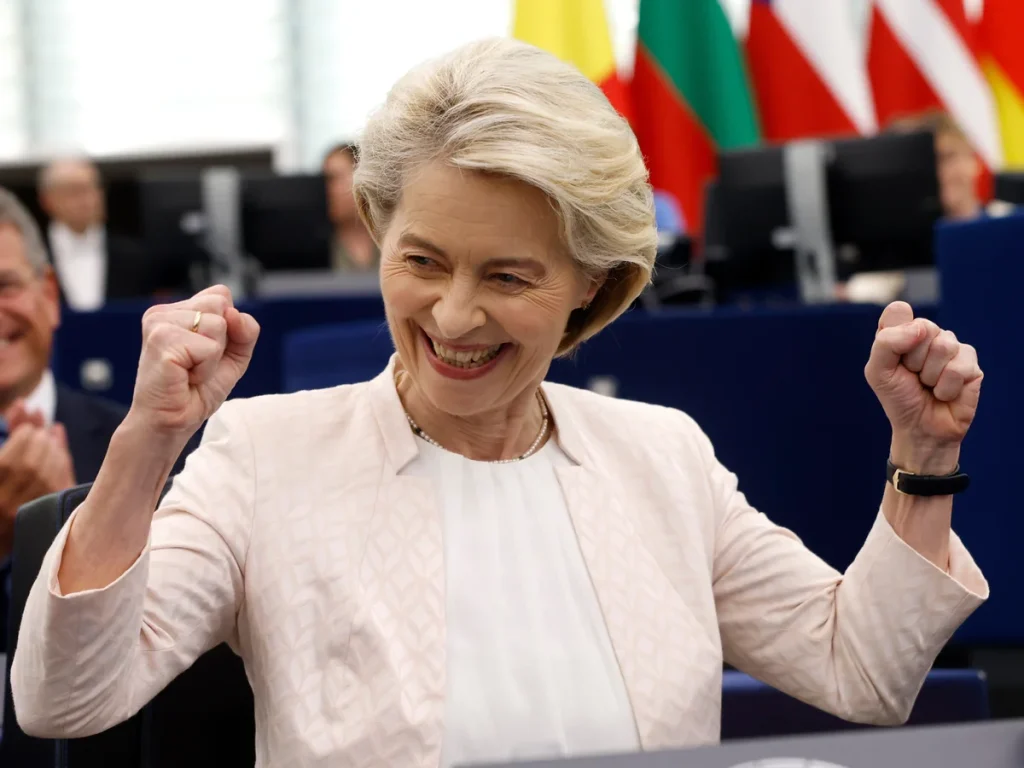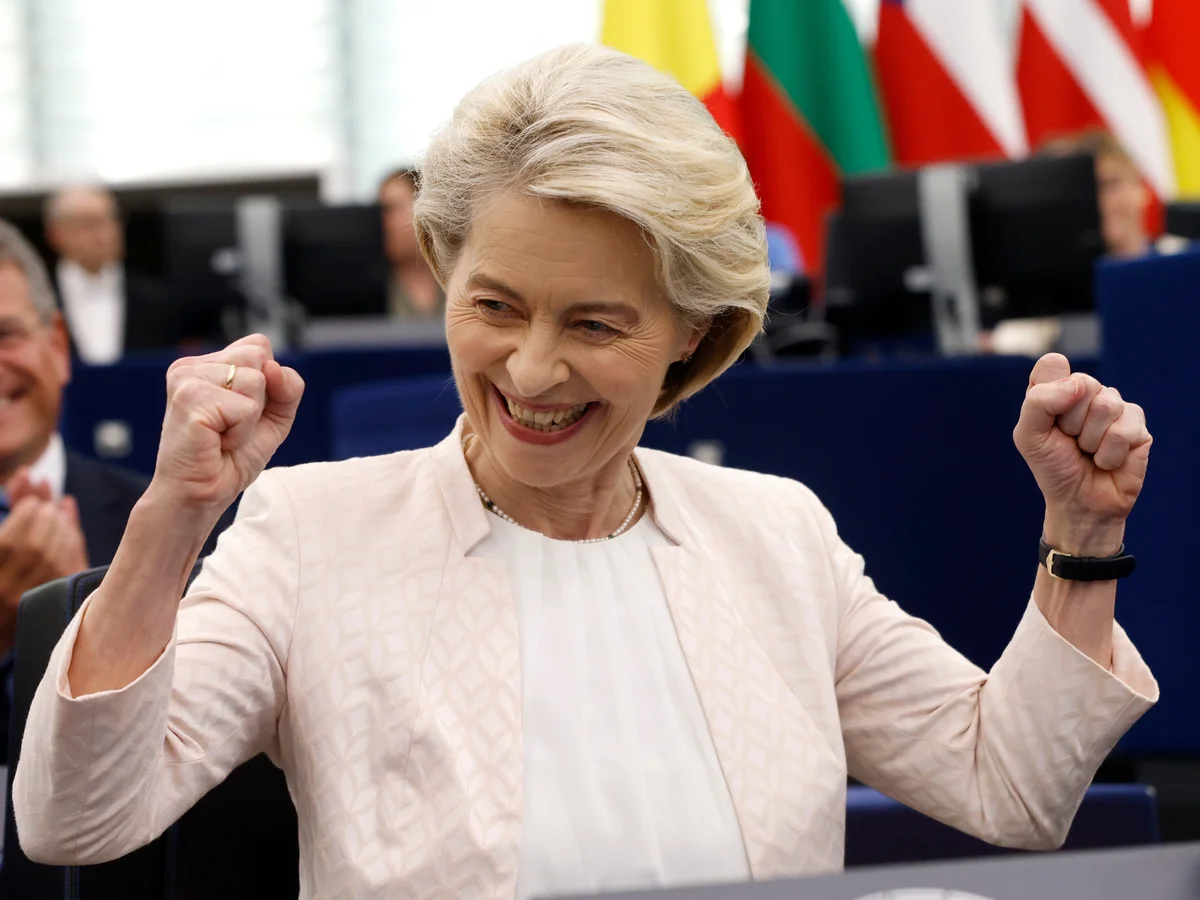The European Union and United States have reached what Donald Trump called the “biggest-ever” trade agreement, easing tensions in a growing tariff dispute that had threatened to spiral into a full-scale transatlantic trade war.
The breakthrough came on Sunday following a high-stakes meeting between Trump and European Commission President Ursula von der Leyen at Trump’s golf resort in Scotland. The two leaders agreed to impose a baseline tariff of 15 percent on European exports to the US, narrowly avoiding a planned 30 percent blanket levy due to take effect on August 1.
“This is probably the biggest deal ever reached in any capacity,” Trump told reporters after the meeting, describing the outcome as beneficial to both sides.
The agreement includes a wide-ranging 15 percent tariff applicable to key EU sectors, including automobiles, pharmaceuticals, and semiconductors. In return, the EU has pledged to purchase $750 billion worth of American energy — including liquefied natural gas, oil, and nuclear fuels — over the next three years. It also committed to an additional $600 billion in investments, though details remain sparse.

Von der Leyen, speaking after the negotiations, welcomed the deal and emphasised its importance in restoring predictability for transatlantic trade, which totals nearly $1.9 trillion annually.
“It’s a good deal. It will bring stability and predictability, and that’s very important for our businesses on both sides of the Atlantic,” she said.
The agreement includes exemptions for some strategically important goods, including aircraft, certain agricultural products, chemicals, and critical raw materials. Talks are ongoing to expand these exemptions to include products like alcohol, with von der Leyen expressing confidence a resolution would be reached shortly.
On defence, Trump also claimed that EU member states — many of which have recently increased their NATO military budgets — would be buying “hundreds of billions of dollars” in American military equipment.
The EU had faced a barrage of tariffs under Trump’s renewed presidency, including 25 percent on cars, 50 percent on steel and aluminium, and a general 10 percent rate that was set to rise.
While the 15 percent rate marks an increase on historical averages (around 4.8 percent), it is less severe than what might have been imposed. Von der Leyen admitted that while the tariff hike is substantial, “it is the best we could get under the circumstances”.
EU ambassadors, who were in Greenland when the announcement was made, were briefed on the deal and are expected to reconvene to discuss its implementation. The agreement still requires formal approval by all 27 EU member states.
German Chancellor Friedrich Merz welcomed the news, saying the deal had prevented “an unnecessary escalation in transatlantic trade relations”.
Steel tariffs remain a sticking point. Trump insisted existing levies would continue unchanged, stating: “Steel is staying the way it is.” However, von der Leyen countered that a compromise involving reduced tariffs and a quota system would be introduced.
Although the agreed 15 percent tariff still represents a significant increase, it is in line with the current rates many EU businesses are already facing. Had the talks collapsed, the EU had prepared retaliatory tariffs targeting $109 billion worth of US goods, including aircraft and vehicles, to be rolled out in phases starting August 7.
Trump, who has made overhauling global trade a central part of his second presidential term, hinted at more deals to come but called this agreement “the big one”.
“This is the biggest of them all,” he said.


 Trending
Trending 